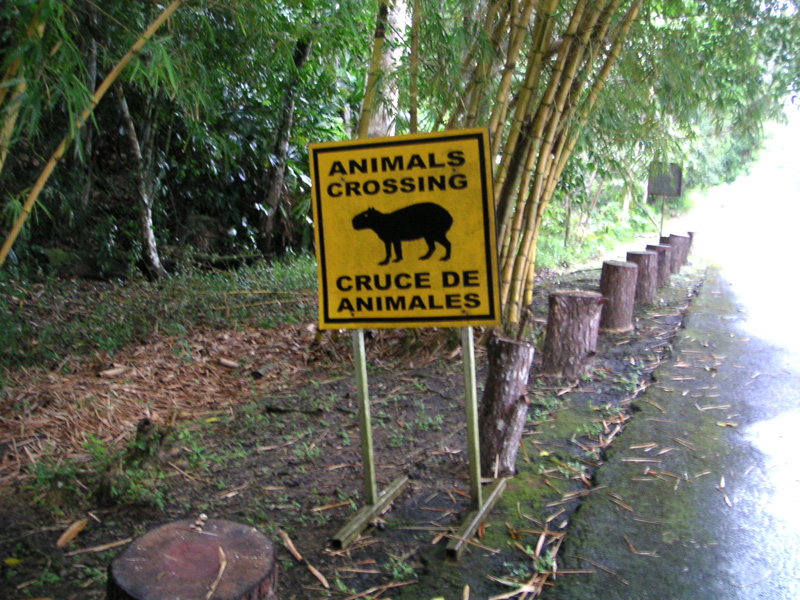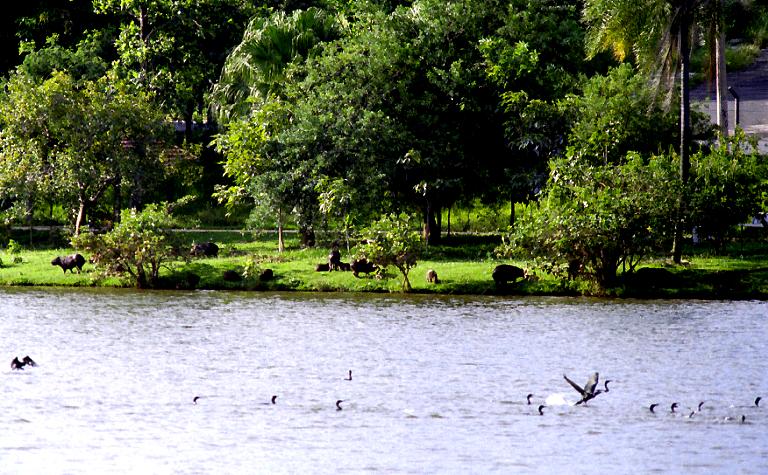
Here's a letter and pictures from Pedro in Sao Paolo, Brazil.
There are several places in Campinas city where you can be in
contact with capybaras today.One of them is on the park aside the
State University of Campinas *Unicamp) campus. They are so used
to the humans that go to thepark for jogging that they don't fear
humans
anymore. I'm sending you some photos of the capy family of this
park. The birds fishing onthe lake are cormorants ('Bigua'). You
can see
the jogging trak and the metalic fence in the background. The
second photo shows the family swimming through the lake on the
day's end. You
can see the playground toys on the background. The last photo
shows part of the capy family. The redish hairs tone is tipical
of the capys
here.

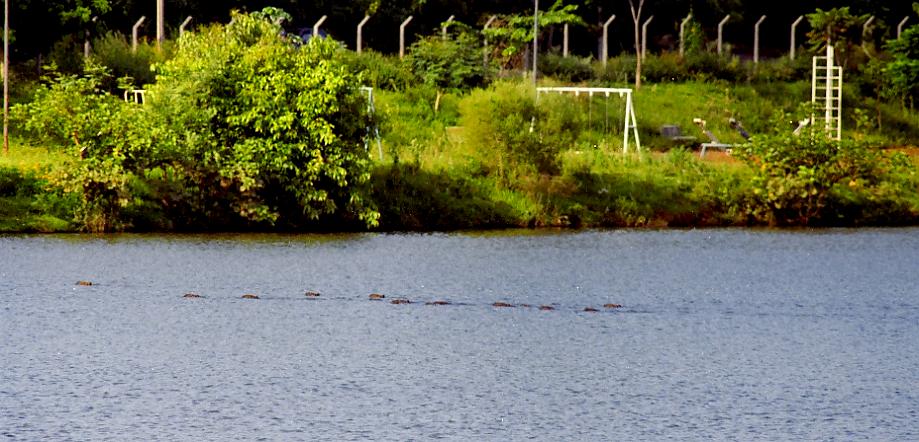
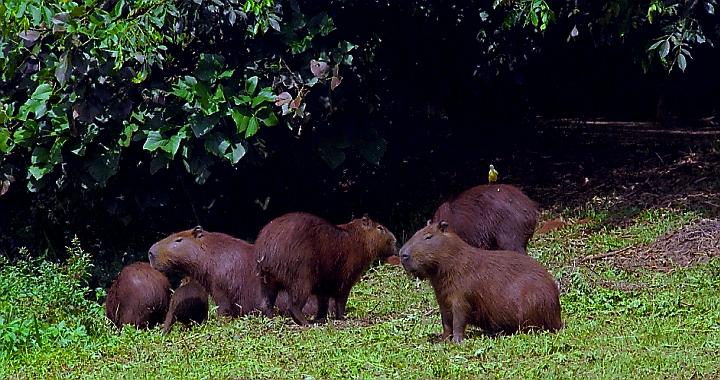
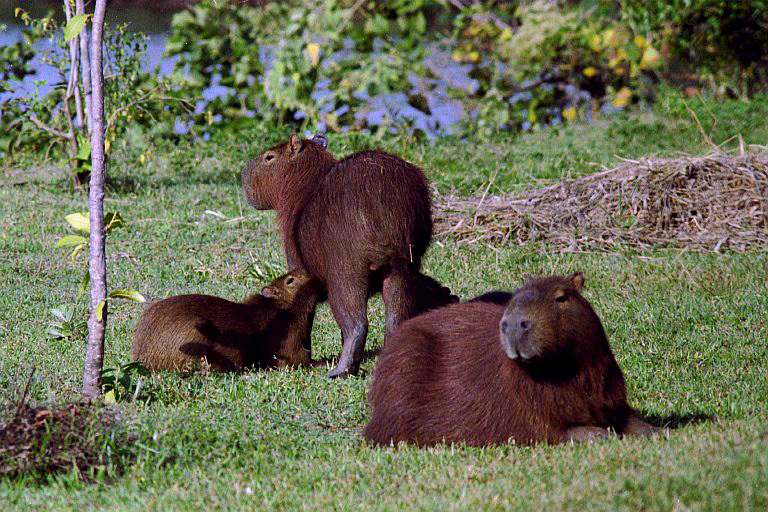
Here's another letter and photos from someone fortunate enough to live in capybara country:
I thought you would enjoy some action photos of Capys in Cesar province of Colombia. I have enjoyed watching Capys for the last 4 years here and these are a couple of my better photos. I have a lot more but the connection here is very slow so it is hard to send them. The Caimans did not get the baby Capys even though the adults left them. The birds on the Capys backs are Smooth Billed Anis.
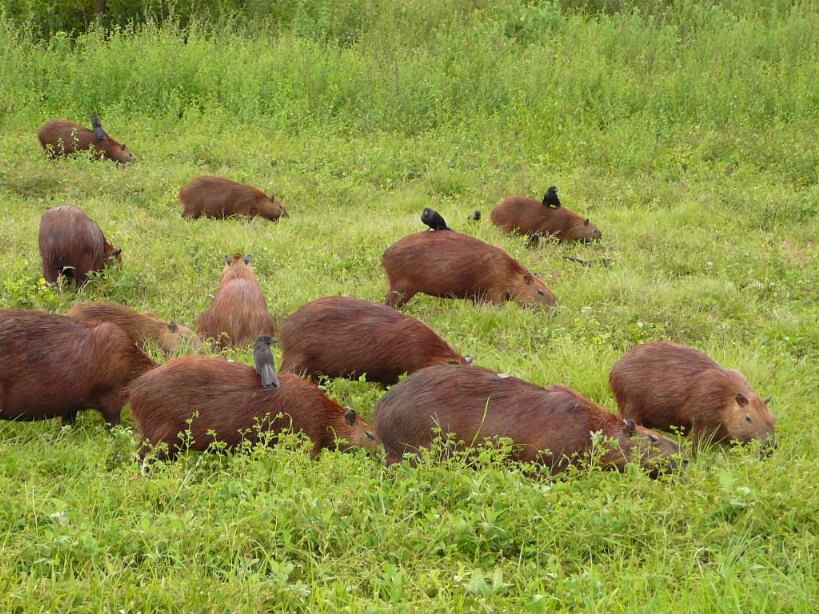
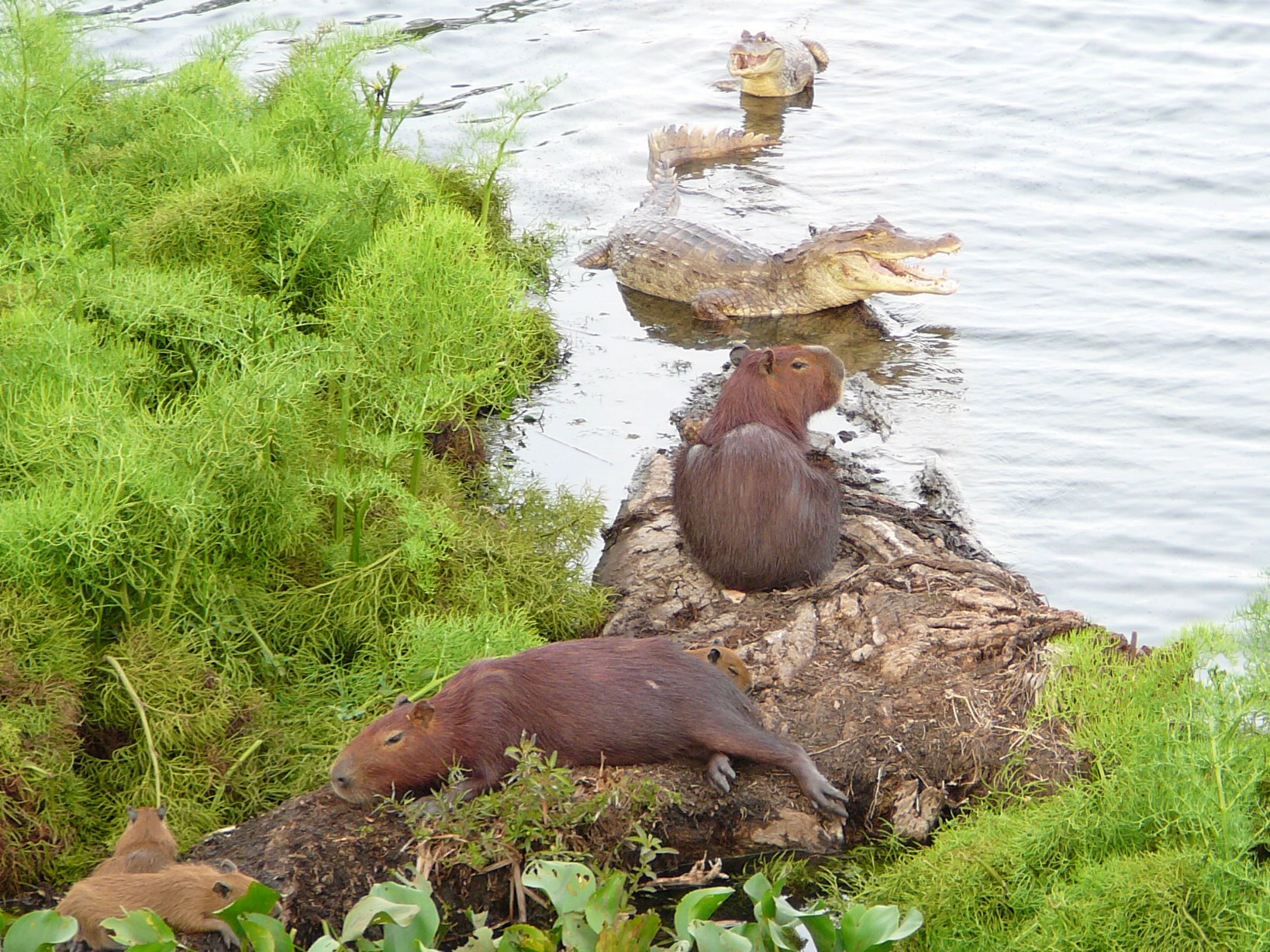
"I drive the 1904 Cagney steam locomotive at the San Francisco Zoo.Just leaving the station,to our right is a fenced field with a Bairds Tapir and two Capybaras.Now the Tapir wants to play and chases the cap's , so they hide right next to the fence on the train right of way. As this is the only place they then can be seen from, I announce this before each trip, and slowdown to a crawl as each of the three passenger cars pass the two capybaras.The capybaras lay down, sit up, eat , and in general could care less about all those visitors.I get a big kick out of introducing new people to these fascinating animals."
About the capys at The Zoo, Gulf Breeze, Florida:
"Yes, we do take the capys out to the public. We had a litter born whose mother died during the births. This was out on our 30 acre wildlife preserve. Thank goodness they are precocious! They grazed and followed one of the males for two days before the female was located 86. (the big clue: never saw them nursing). Anyway, we caught them up and bottle fed them for several weeks (thank goodness for volunteers). Six were introduced to a pond with in the ZOO with many species of waterfowl as well as muntjac. Two continued to be hand raised by Education for the purposes of outreach programs. As they continued to grow, the pair relied more and more on each other and it took quite a bit of energy to catch them even in the smaller yard in which they were housed. We observed that when one was gone on ZOOmobile, the other would follow the zookeeper or the piglet or whoever else was in the Ed yard. The decision was made to separate the pair for bonding between a single animal and its handlers. Four of the seven others have recently been returned to the wildlife preserve. Three went to another zoo. Our capy in Education now lives with a black bellied tree duck and a nene, next door to the chickens and VP piglet. He/she is much more willing to be handled and makes a great impression in the schools and community. Its name is "Ocho" (they were numbered in Spanish for naming). Our Docents also take Ocho on a figure-8 lead as a 'sidewalk animal'. Capybaras are quite reserved without the obvious personality of a guinea pig or some of the other rodents. We have had no biting problems, either."
More pictures sent in by readers
From Drusilla's Park in the UK http://www.drusillas.co.uk/
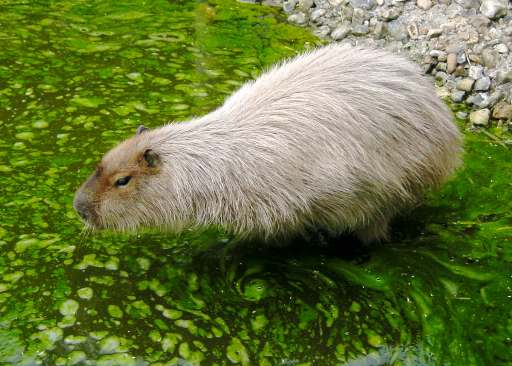
Kingwood Zoo, West Virginia:
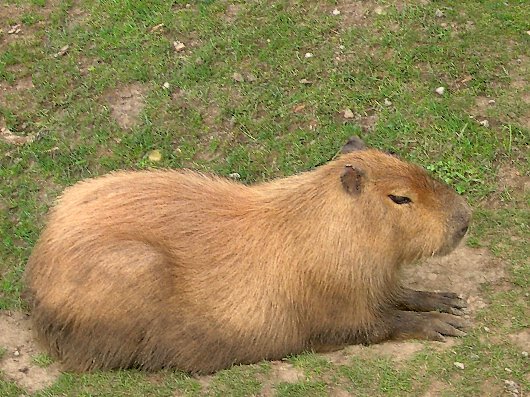
Prospect Park, Brooklyn (No longer there, unfortunately)

Magnetic Hill zoo in Moncton, New Brunswick, Canada
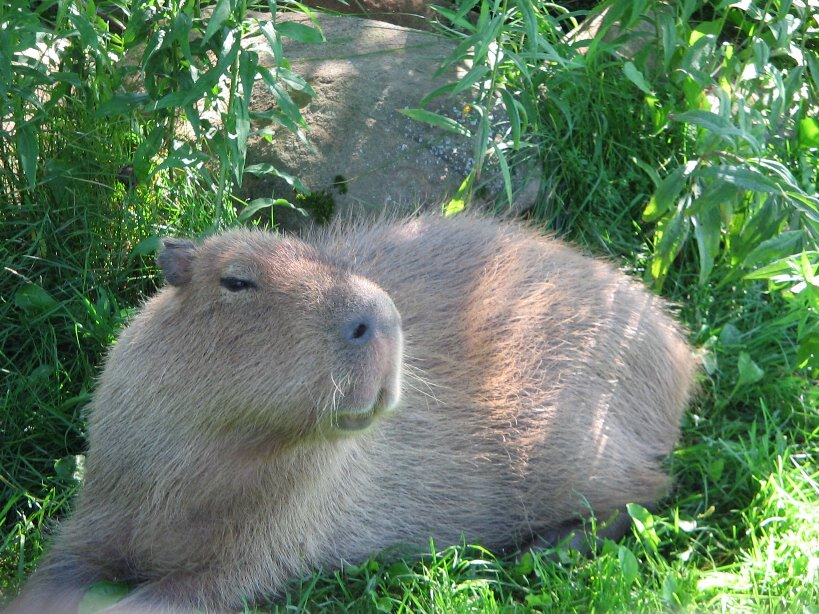
Lovely capy signs from Panama, from our friends at the Tapir Gallery:
